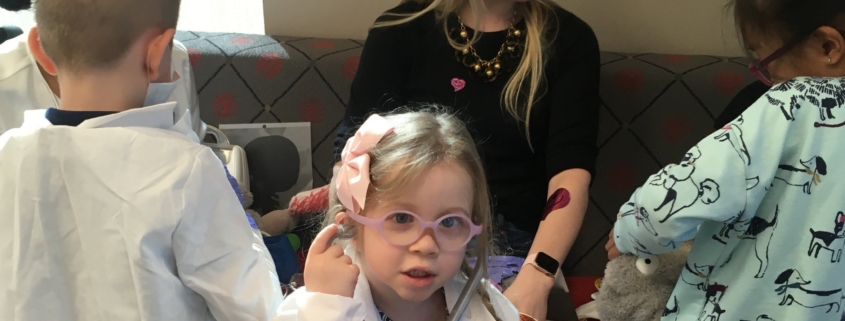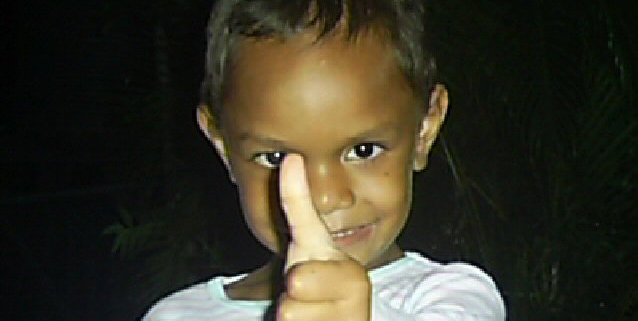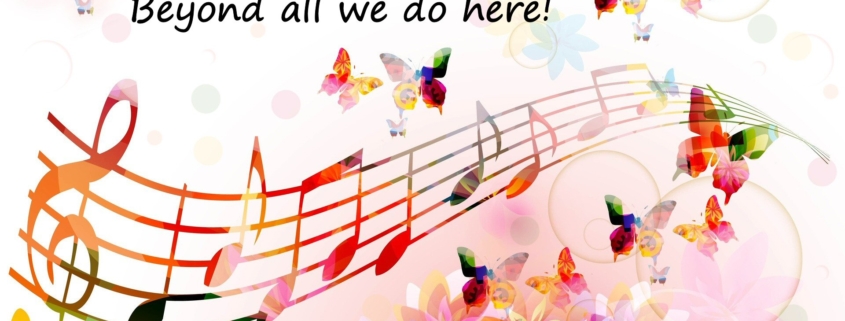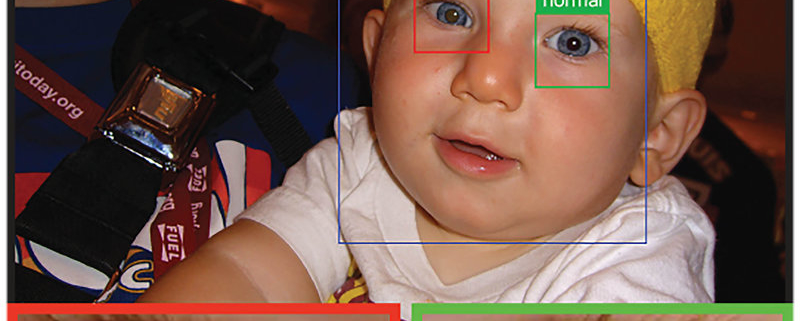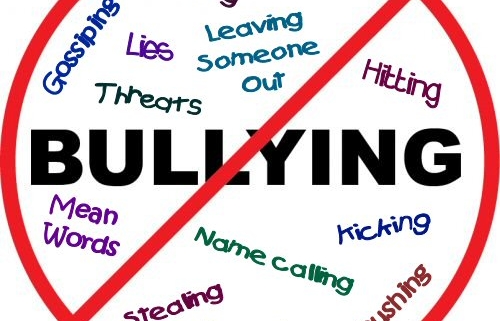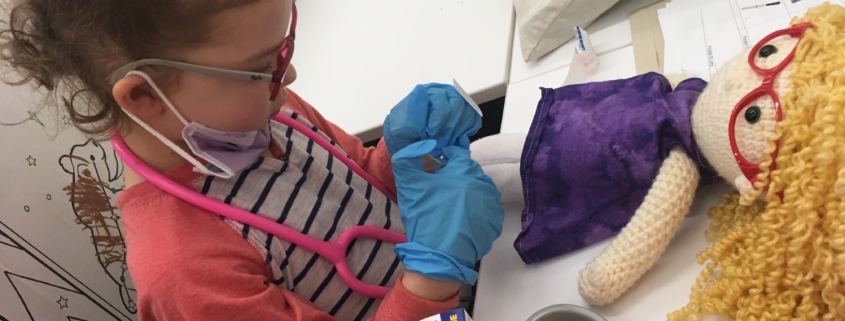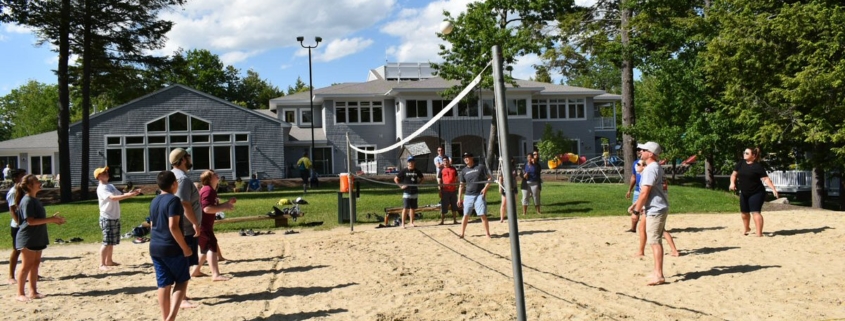Child Life Programs: Play With Purpose at Retinoblastoma Gatherings
Eye cancer is a potentially overwhelming experience for young children, whether patient or sibling. Child life can radically improve care and life for the entire family, but too many children lack access to this specialist support. Abby White shares how WE C Hope supported Child Life programs are helping to change that.

